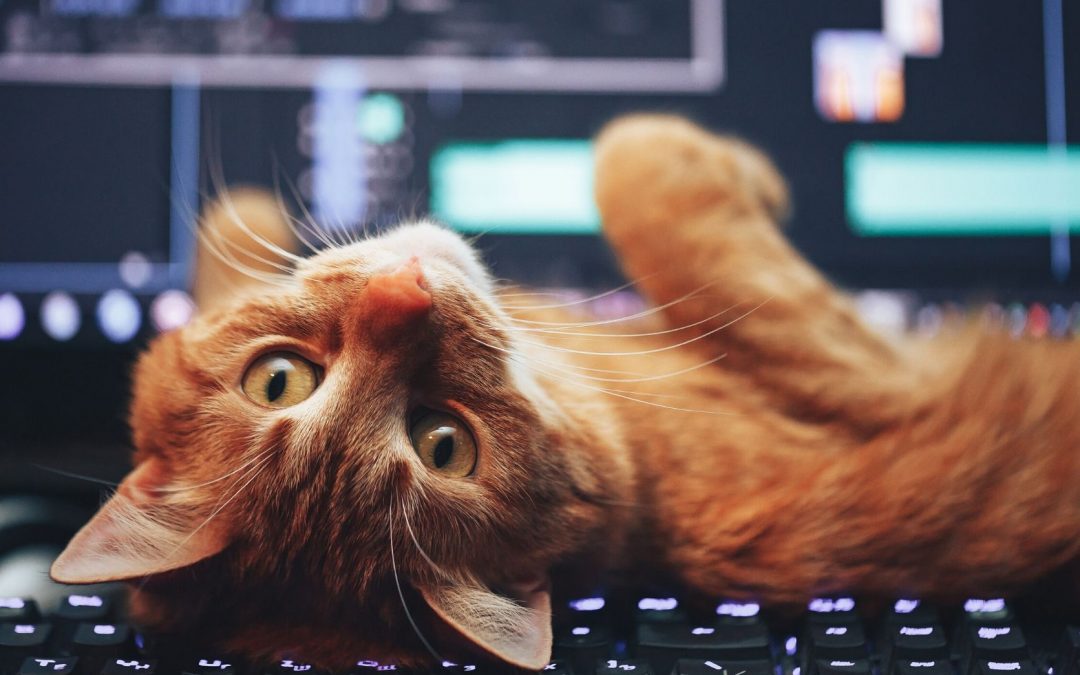
Feline Urinary Disease Linked to Stress
Stress Cystitis in Cats: Urine Trouble
One of the more frustrating reasons that brings our feline friends to the vet is a condition known as Feline Interstitial Cystitis (FIC for short). The word, “cystitis” means inflammation of the bladder. This common condition presents itself with signs of straining to urinate, urinating small amounts, urinating in inappropriate places like the bathroom sink or the laundry basket, and having bloody urine.
There can be multiple reasons for a kitty to display these signs; and check out our previous blog post on FLUTD for possible medical causes such as Urinary Stones and Urinary Tract Infections. Once these other causes are ruled out; we come to a conclusion of Stress Cystitis or FIC.
Interestingly, this condition in cats mirrors a similar condition in people; also known as Interstitial Cystitis, where the lining of the bladder and urinary tract become inflamed and urination is painful. The cause of this condition in cats and people is still not completely understood but seems to be related to an inappropriate stress response.
When cats with this condition are studied, we find that they have elevated levels of “catecholamines” or the stress mediators in the body that drive the “fight or flight” response. They have over-reactive reflexes and increased responses to stress in the body.
Many cats will also show other signs of stress:
-Over-grooming
-Digestive troubles
-Decreased activity levels and more hiding behaviours
-More aggression and destructive behaviours
One of the main ways that we can intervene to help treat this condition is by doing our best to reduce stress. We can do this by making one or two changes at a time to a cat’s home environment:
-Add another litterbox. We recommend at least 1 litterbox per cat in the household, and 1 additional litterbox
-Make sure litterboxes are somewhere easily accessible, private and out of sight in a quiet location
-Offer a canned food diet
-Increase human interaction – add more playtime into the day
-Scoop litterboxes twice daily, and change entire litter weekly
-Try an unscented and clumping litter
-Offer more perches and cat-trees and covered resting spaces
-Consider chaperoned visits to the outdoors, or enclosed patio spaces
-Ensure each cat in the household has its own food and water dish that is cleaned regularly and can eat without being disturbed
-Leave some music or TV on when cats are home alone
-Add in more toys, scratching posts and cat-grasses
More information for helping create a feline-friendly environment can be found at the Indoor Cat Initiative website (www.indoorcat.org).

Recent Comments